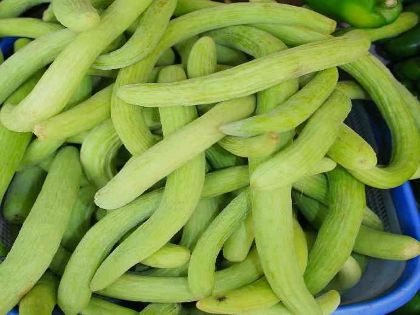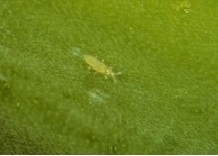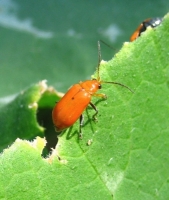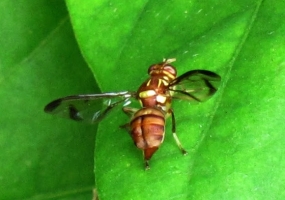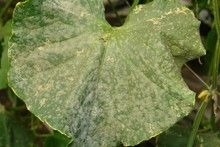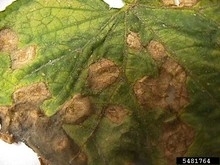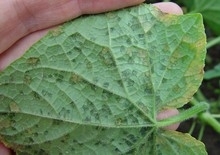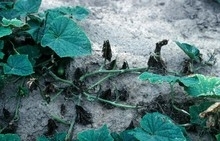General Information
Long melon is popularly known as “Kakri”. It belongs to the family of cucurbitaceae and its botanical name is Cucumis melo. It is native to India. It has light green color fruits having smooth skin and white flesh. It is mainly eaten raw as a salad with salt and pepper. The fruit contains cooling effect therefore it is mainly eaten in summer season.

